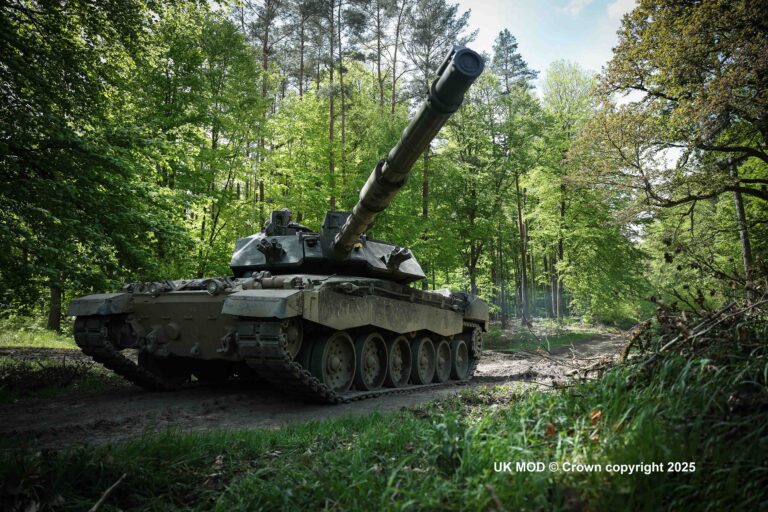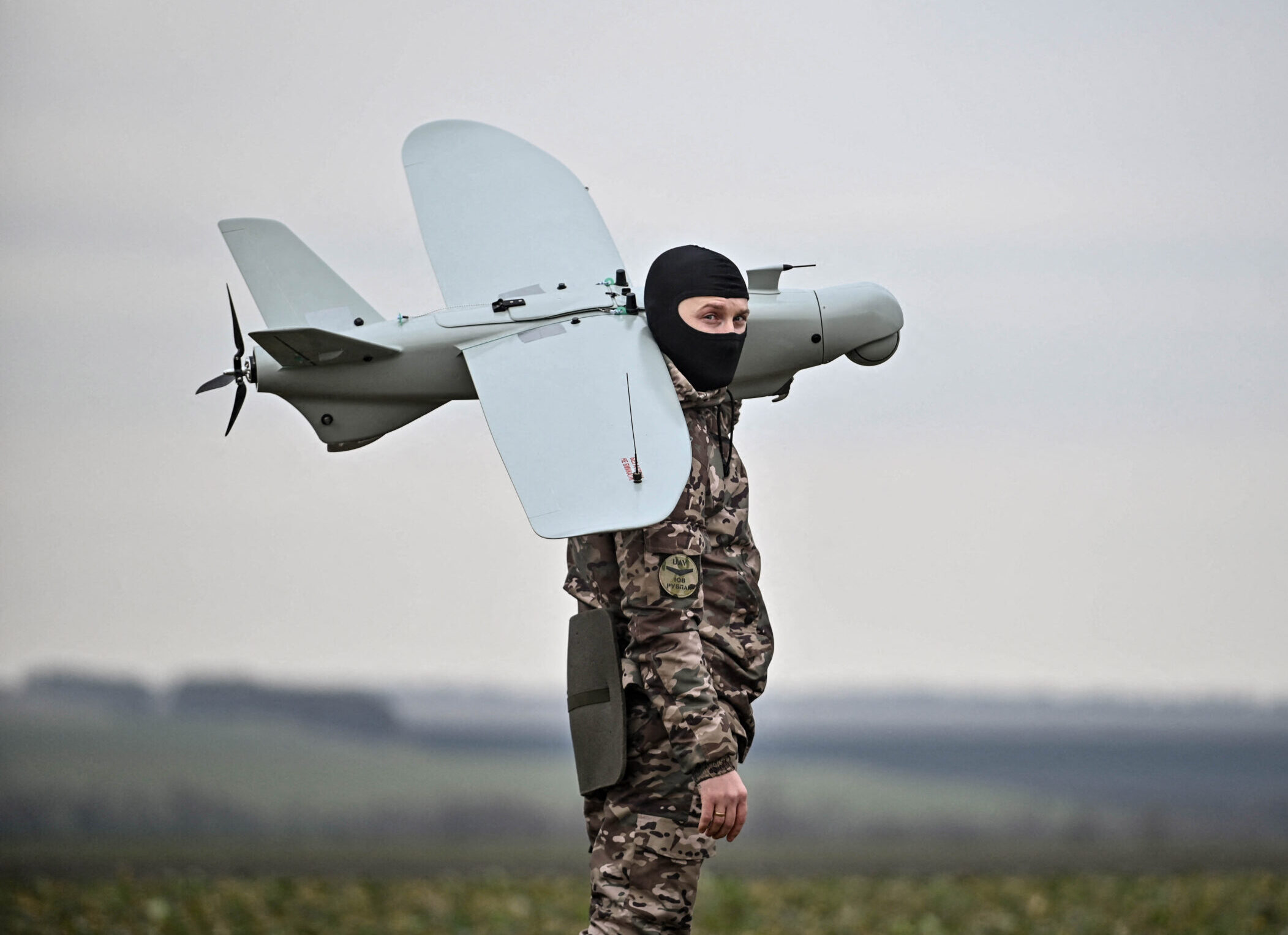Washington: Reaffirming the vision of a ‘free and open’ Indo-Pacific after India tested the Agni-V missile with MIRV technology, the United States said that it will continue to work as a partner with India and other countries in the region.
The US State Department said that both New Delhi and Washington share the vision for an Indo-Pacific region that is “free, open, secure, and prosperous.”
“The United States and India share a vision for an Indo-Pacific region that is free, open, secure, and prosperous. We continue to work as partners with India and with other countries in the region to achieve this vision,” the US State Department said in a statement to ANI.
The State Department was replying to questions regarding the significance of the test on the stability of the Indo-Pacific region.
Prime Minister Narendra Modi on Monday announced the development of “Mission Divyastra” — an indigenously developed, landmark weapons system that alters the country’s geopolitics and strategic position and significantly changes the situation in southeast Asia. The Agni-V MIRV missile has been developed by the Defence Research Centre DRDO for over a decade.
MIRVs consist of several re-entry vehicles, each equipped to carry 2-10 nuclear warheads. These warheads can be designated for various targets, spaced hundreds of kilometres apart. Alternatively, multiple warheads can target a single location.
PM hailed DRDO scientists for developing this technology. “Proud of our DRDO scientists for Mission Divyastra, the first flight test of indigenously developed Agni-V missile with Multiple Independently Targetable Re-entry Vehicle (MIRV) technology,” PM Modi announced on X.
A MIRV is a ballistic missile payload designed for Exo-Atmospheric deployment, housing multiple warheads, each capable of targeting distinct objectives. While primarily associated with intercontinental ballistic missiles equipped with thermonuclear warheads, the concept extends beyond strict limitations. An intermediate variant, the Multiple Re-entry Vehicle (MRV) missile, disperses multiple warheads without individual targeting.
Notably, the Agni-V missiles with Multiple Independently Targetable Re-Entry Vehicle (MIRV) technology would be able to hit at least three different targets spread over a large area.
The Defence Research and Development Organisation (DRDO) developed technology that would make the missile system difficult to intercept as the payloads or warheads would be moving towards their intended targets along with the mother vehicles and multiple decoys with them, defence sources told ANI.
This report is auto-generated from a syndicated feed




















Discussion about this post